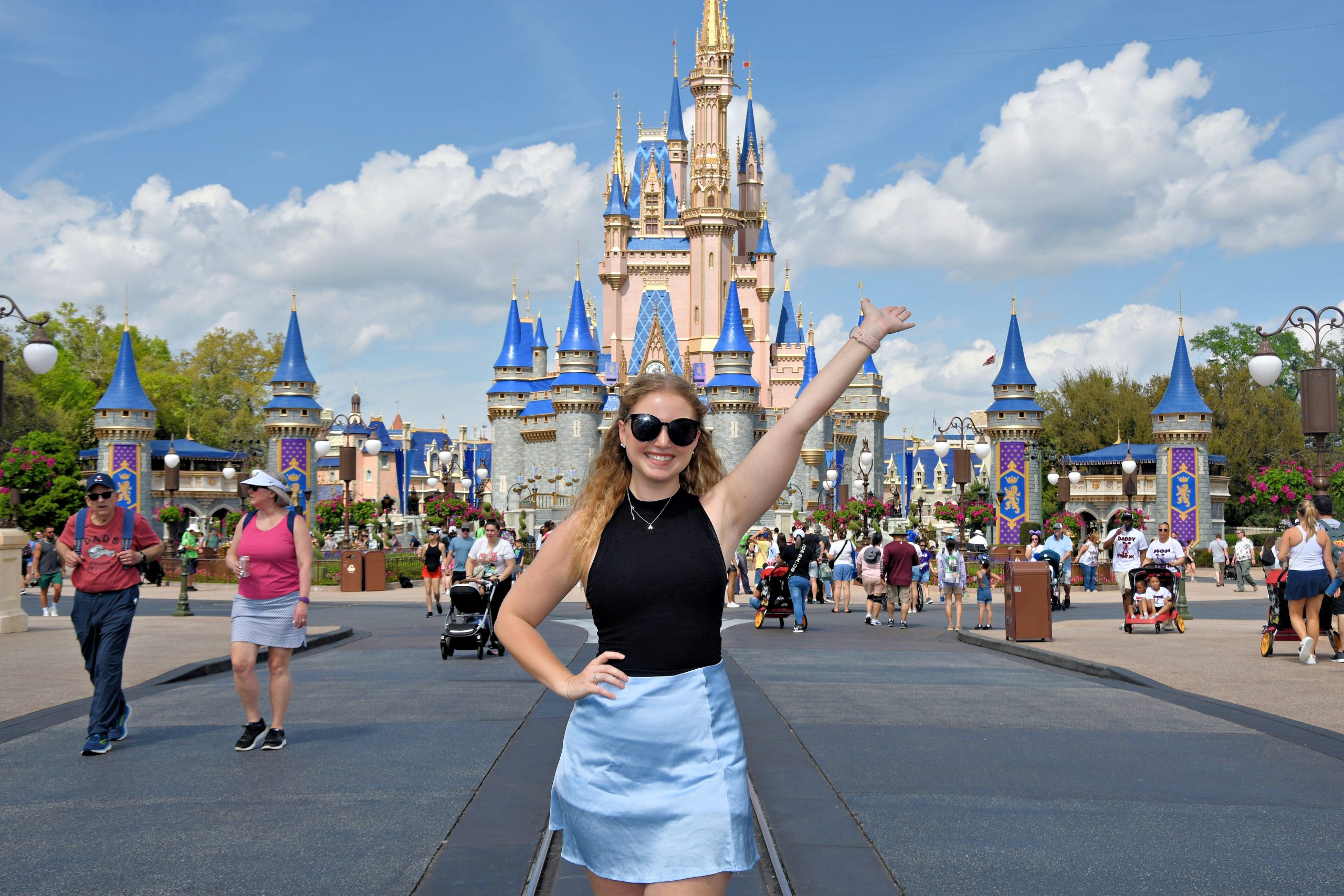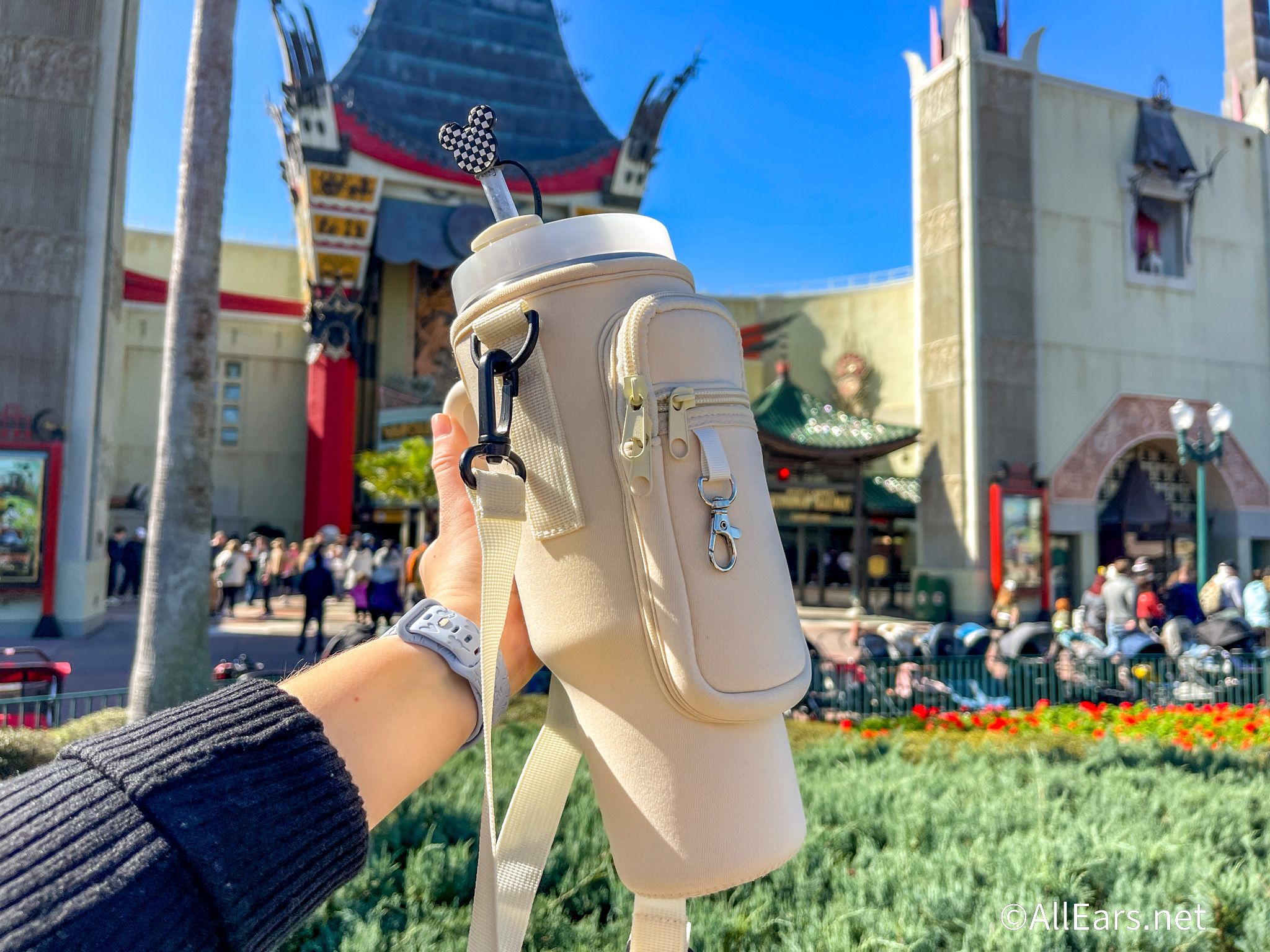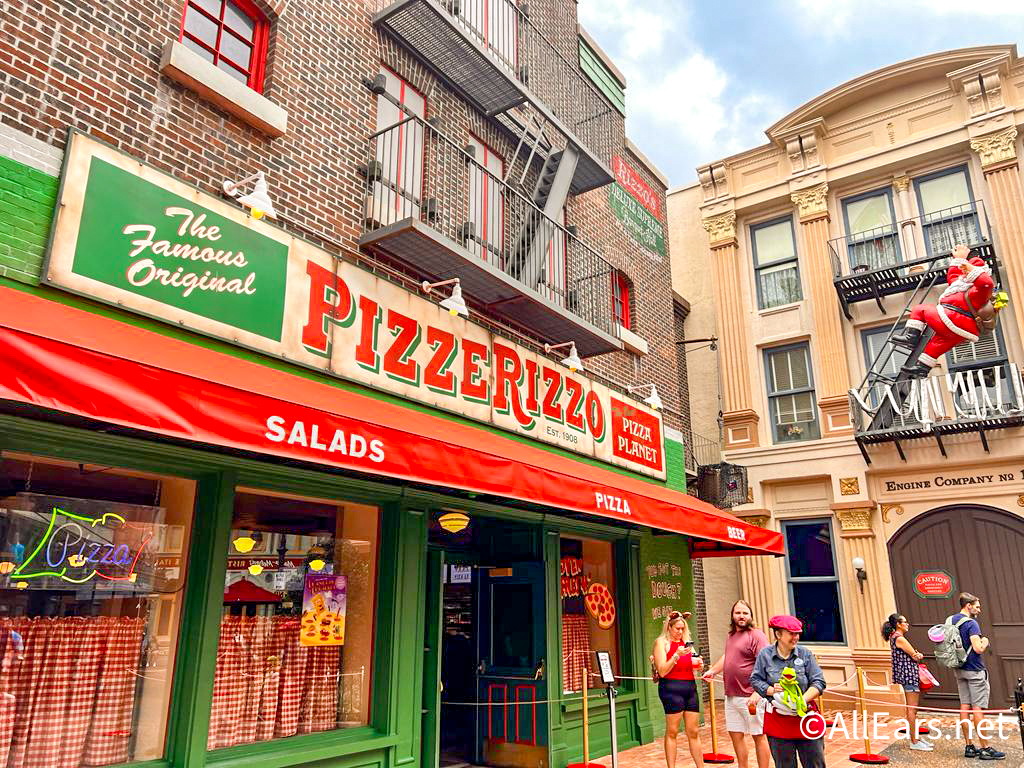
After seeing a woman print photos in a local drug store today and suggesting she go to a camera store instead, I decided it was time to put this subject back into the spotlight. Hence, I am re-posting with minimal editing, a blog from 2009. I am a huge advocate for camera stores and spent 7 years working for Ritz Camera. In the past 4-5 years, over 800 chain camera stores have closed as well as countless privately-owned shops. The age of digital photography has killed jobs and put Kodak almost entirely out of business, a business they created. For the love of documenting your world for future generations (not to mention quality), put down the cell phone, pick up a camera and print your pictures.
Home Printers
Laser Printers
Laser printers are designed to print text, charts, and graphs. They are not to be used for printing photographs.
Inkjet Printers
Inkjets are by far the most popular of home printers. They print quickly, are inexpensive, and may include other features such as copying and faxing. Inkjets emit droplets of ink onto photo paper using ink cartridges. Prints often come out damp and need to dry before they can be handled. Ink can and will smudge and prints are ruined by liquid and long exposures to heat and light.
Ink tanks vary by printer. The best color reproduction comes from having individual color cartridges. Photo paper designed for inkjets range in paper weight, surface, and size.
Printers can be purchased in office supply stores, wholesale warehouses, camera shops, and computer/electronic stores.
Dye-sublimation Printers
Dye subs, as they are commonly referred to, are quite different than laser and inkjet printers in that they heat up the photographic paper and colors are released as a gas. The papers have a laminate-like coating which when heated lock in the dye, making the photograph less susceptible to fading and also water-resisitant.
Dyes and papers are sold as a kit and state exactly how many prints it’ll produce.
You’ll find high-end dye-sublimation machines for customer use in drug stores and camera shops as they are faster alternatives to mini lab printing. Smaller printers for personal use are sold in office supply stores, camera shops, and by computer/electronic retailers.
Minilabs
Traditional photofinishing labs offer the highest quality print possible. Maintenance is extremely important in regards to how well these multi million dollar machines operate. Manual color and contrast corrections can make nearly any image better or worse, depending upon who is printing – a person or auto pilot.
Minilabs print digital images by using a laser which exposes the photo paper which is then run through a series of chemicals to develop the image. This process is extremely similar to how negatives are printed. Those family photos you have from generations ago have lasted so long because of how they were printed.
Conclusion:
1. Print your photos. Computers crash, CDs are being replaced by DVDs for storage, and memory cards can become corrupt but prints are highly visible and easy to obtain.
2. Nothing compares to the quality of a minilab other than a professional lab that does custom printing.
3. It’s actually cheaper to print your photos in a minilab than it is at home.
Come on over and “Like” my Facebook page or follow me on Twitter, my handle is lisano1.





















I contacted Shutterfly and here is their reply:
Shutterfly uses state-of-the-art Fuji Frontier digital printers designed for professional photo finishers. These printers expose Fuji’s Crystal Archive photographic paper using red, green, and blue lasers to produce the sharpest prints available. The exposed photographic paper is chemically processed in the same way as in traditional photo labs. Shutterfly also uses digital off-set presses to print on archival-quality paper which is acid-free to ensure your pictures will look great for years to come. These printers, combined with Shutterfly’s proprietary imaging technology, result in the best possible prints from your pictures.
Lisa responds: I received a similar response but whoever answered you provided more details. Thanks for checking.
So where do I find mini labs? Also what process does Shutterfly & other printing places use?
Lisa responds: I’m currently investigating online printing services. Check my blog for future entries on the subject.
Since all the mini-labs are closed, where is the best place you would suggest to print photos? I don’t think there is any small photo labs in my area.
Lisa responds: It is certainly possible that you are not near camera stores or photo labs. I will approach the subject with recommendations in my next blog. Don’t miss it.
The other thing I would STRONGLY suggest is backing up your digital copies. You can use an online service like Crash Plan or just do it your self, but be sure your back up is kept somewhere other than your home. If something were to happen to you home, you could lose prints and digital copies. One option is to purchase an external hard drive and a safe deposit box. I just use a service myself. I have 100’s of Gigs of images.
Can you give me an example of a mini-lab? I still love to have my pics printed and keep them all organized with dates, names, etc. in photo albums! I usually use an online company to print mine out and have them shipped to me, but if there is a better alternative for better quality and longer lasting photos, I would love to know. I have always assumed the online companies are the same as local drugstore printing, just more convenient to be able to do it from home online. I also store all my photos on CD and the online company keeps them for me as well (although, I’ve worried as to what would happen to my photos if that particular company shut down). I still have all my old negatives from my older photos as well. Can you also give me your opinion on the best way to store photos (CD, flash drive, etc.)? Thanks so much!
Lisa responds: Hi Robin, wow you sure are good at taking care of your photos. Your comments and the response from other readers have inspired me to follow up on my original blog with more info so please check back on Wednesday.